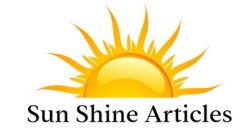NFPA 51B is the Standard for Fire Prevention During Welding, Cutting, and Other Hot Work, developed by the National Fire Protection Association. This standard plays a critical role in promoting safety during hot work operations, which include welding, cutting, grinding, soldering, and any activity that produces heat, sparks, or flame.
Hot work is one of the leading causes of industrial and construction site fires. NFPA 51B provides guidelines to minimize the risk of fire and explosion in areas where hot work is performed. It outlines responsibilities for fire watches, permit systems, equipment inspection, and preparation of the work area to ensure hazards are controlled before, during, and after the operation.
A key element of NFPA 51B is the Hot Work Permit, a formal approval system used to assess risks and confirm that adequate fire protection measures are in place. The standard also mandates the assignment of a trained fire watch when necessary, especially in areas with combustible materials or where a fire might not be immediately visible.
The standard applies to both permanent and temporary hot work sites, including construction zones, manufacturing facilities, and shipyards. It emphasizes communication, training, and coordination between workers, supervisors, and safety personnel.
By following NFPA 51B, organizations can significantly reduce the likelihood of fires caused by hot work. This helps protect workers, property, and business operations, ensuring safety is maintained in all hot work environments.

